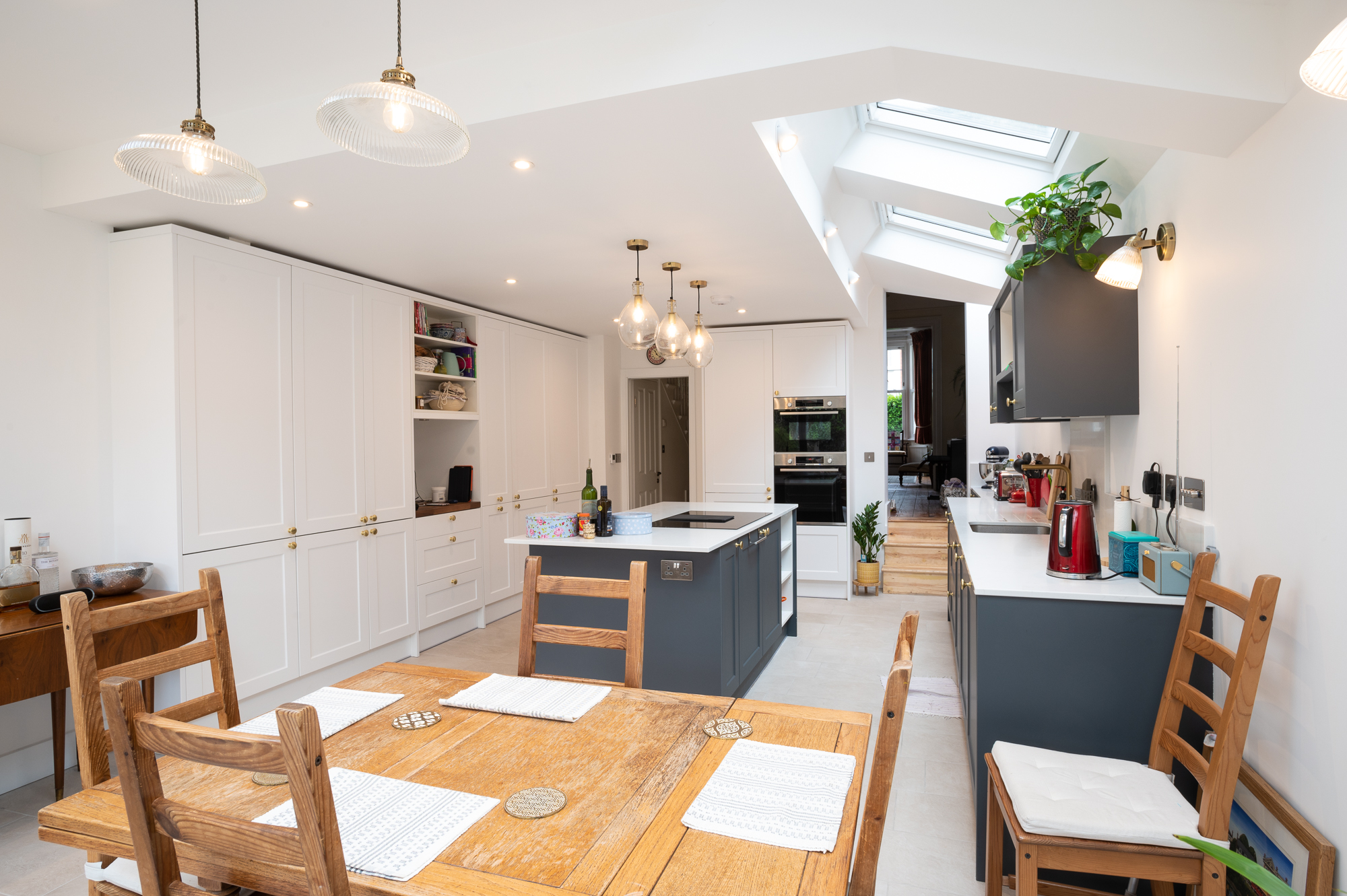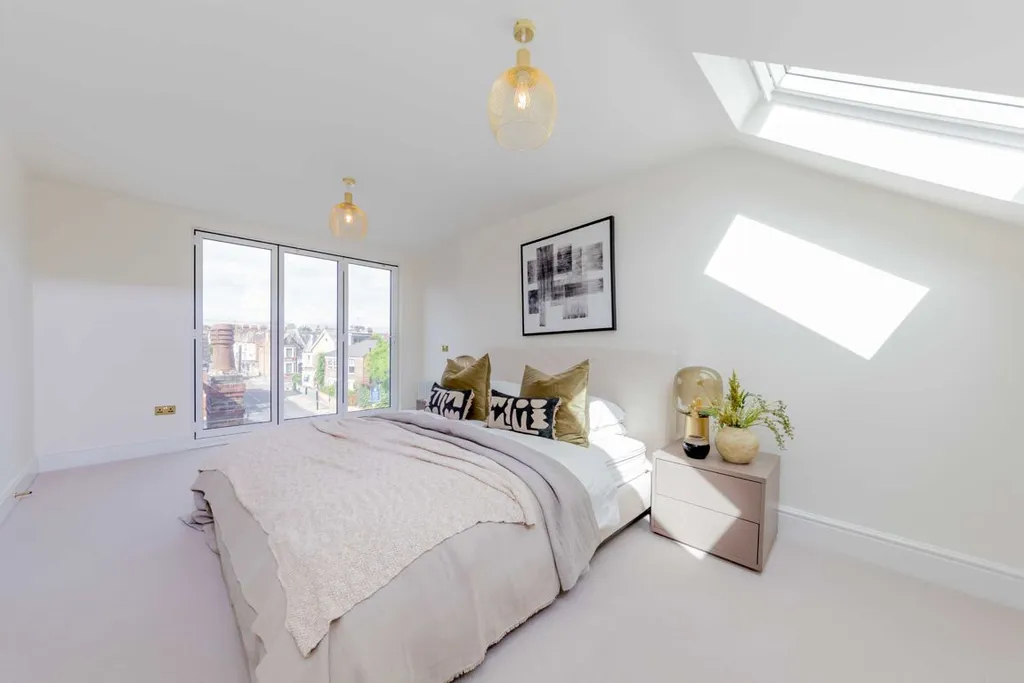With the uncertainty that has been the last couple of years, property owners are determined to make 2022 the year in which their dream home becomes a reality. Plans are made, and many are eager and excited to begin the build process.
However, it is equally important to ensure that all the various factors and multiple variables that are involved in the design and build of a home are carefully considered and resolved.
Some of these crucial considerations when designing your dream house include:
1. The budget
Unsurprisingly, setting a realistic budget is the most important element of the process as it essentially sets the tone for the entire build and acts a guideline for the design features that may or may not be included.
Your budget should take into account expenses such as:
- Groundwork
- Permit fees
- Inspections
- Specialists’ fees
- Building materials
- Fittings
- Utilities
In addition to these costs, there should be some leeway within the budget for unforeseen delays or expenditures that invariably occur during the build.
2. The land orientation
The size and shape of the land, and the placement of the house within the property, can affect its design, accessibility, and even the eventual energy consumption.
Land orientation affects the placement of windows, the amount of natural light that enters each room, and heating and cooling costs during seasonal changes.
The plants and trees on a property affect the shade provided, and will also require room for growth.
Whether the land is on a hill or on flat ground can affect the need for additional drainage.
Additionally, the house placement itself has an impact on the need for long driveways, and can even affect the possibility of building structures such as outbuildings in the future.
3. Style selection
Having an idea about the architectural style of your home can help put into place a lot of design elements. Depending on whether you opt for a traditional or modern style can play a role in the exterior design, interior layout, materials used, and even the colour scheme.
Traditional homes tend to have tall roofs and use a lot of stone and brick in their structures. The rooms are separate, windows small, and the colours rich.
Modern homes comprise largely of concrete or reinforced steel. They feature open floor plans with an emphasis on natural light.
You could research some styles that work well within your area and figure out which one works best for you. Some of the more popular home styles include:
- Georgian detached
- Victorian Tudor
- Colonial
- Edwardian semi-detached
- Contemporary
- Eco-build
4. Exterior and interior design choices
This is often the most exciting aspect of the design and build process where you actually put all your expectations on paper and design your dream home.
The exterior and interior design choices is a combination of your budget, home placement, house style, and lifestyle.
So, think about how the house is going to be used, and design it accordingly to maximise its potential. Some important factors to consider are:
- Number of family members and their room requirements
- Distance from neighbouring houses
- Placement of windows to maximise natural light and privacy
- Storage options
- Accessibility
- Parking requirements
- Communal areas indoors and outdoors
- Focal features that need to be highlighted
The answers to these considerations will help you to develop a home design brief.
5. Materials and installation
Another pivotal aspect of the design process is the selection of appropriate materials to best suit your specific requirements. This includes materials that are suitable for the home style as well as for particular room features and entities.
The framework, interior design, insulation requirements, sustainability, and alternative energy sources such as the installation of solar panels, all factor into the material selection and can impact the durability, future energy bills, and energy requirements of the house.
6. Long-term planning
As important as it is to design your home according to how you plan to use it on a daily basis, it is also important to consider the design of the home for future use.
Think about how the room requirements change with an expanding family, growing children or older children moving out. Make allowances for any of these changes and plan accordingly.
Some options include designing a guest room that could be easily converted to a nursery or playroom, or creating a home office/ study within newly-emptied rooms.
7. Hiring a professional team
As with all things related to real estate, considerable thought and detailed planning is required to ensure the project is worthy of the investment.
One way of ensuring this is by hiring trusted professionals to optimise the build process and create the ultimate dream home for you.
As tempting as it may seem to DIY the project, to get the best possible result, it is always a good idea to employ the experts. Not only can they offer invaluable advice, guidance, and project management, but they can help you to avoid many common mistakes during the design process that may prove costly in the long run.
By providing them with your design brief and overall expectations, the right team can make that dream home a reality.
When looking for the right experts, make sure it is someone you are comfortable communicating with, who is open to your ideas, and who can understand your vision and help you to maximise your investment while minimising your risks.
Conclusion
Designing and building your own home is no small feat. It is an undertaking of immense responsibility and complexity. From the initial plan and obtaining the requisite permits, to finally initiating the build and the myriad of other issues to contend with.
But two things can make this process a whole lot easier; having a clear picture of what you want and having the right team who can make your vision a reality.
If you are looking for the perfect team who can create the ultimate dream home, contact the team at Good Design and Build today!
We are the foremost build experts with decades of experience and can help you plan, design, and build the perfect home for you and your family.




